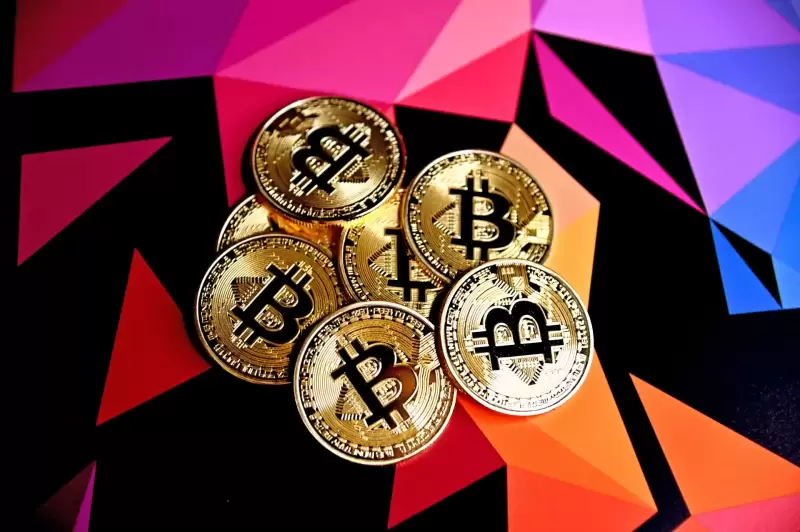 |
|
 |
|
 |
|
 |
|
 |
|
 |
|
 |
|
 |
|
 |
|
 |
|
 |
|
 |
|
 |
|
 |
|
 |
|
Cryptocurrency News Articles
Token Buyback Programs Have Failed to Prevent Sharp Price Declines, Messari's Analysis Finds
Mar 21, 2025 at 04:20 pm
A recent analysis by Messari has revealed that token buyback programs, often touted as a stabilizing mechanism, have failed to prevent sharp price declines for several major tokens.

Recent analysis by Messari has highlighted the failure of token buyback programs in preventing significant price declines for several major tokens. This finding comes as buyback programs have seen increasing adoption by crypto networks in an effort to stabilize token prices and provide support to investors.
Among the tokens examined by Messari, SNx experienced the sharpest decline, with its price plummeting by 77%. GNS followed closely, with a 76% price drop. In total, GMx saw a 34% decrease, and RAY witnessed a 26% fall in value.
“RAY, GMX, GNS and SNX have programmatically bought back millions in tokens which are now way below cost. E.g. SNx bought 685k SNx for $33m in 2023Q1 which is now worth $4.3m. They'll likely buy another 2-3m SNx this year at an even higher avg price,” said Sunny Shi, Enterprise Research Analyst at Messari.
Shi identified three major flaws in the token buyback strategy, which he described as part of the “programmatic token buyback fallacy.”
Firstly, Shi argued that buybacks have a minimal impact on price action, which is instead driven by broader market narrative and other factors such as revenue growth.
Secondly, he explained that when a project's revenues are high, and its token price is elevated, engaging in large-scale token buybacks at inflated prices leads to an inefficient use of capital.
Finally, Shi pointed out that during periods of low prices and revenues, when a project urgently needs cash for innovation or restructuring, it often finds itself lacking the necessary funds. At the same time, the project is likely sitting on significant unrealized losses from its buyback investments.
“This is just poor capital allocation. The mindset should be growth at all costs or real value distribution to holders in the form of stables / majors (see veAERO or BananaGun). But not this hybrid approach which is best described as a failure to commit,” Shi added.
Junior Partner at Pantera Capital Mason Nystrom agreed with Shi's analysis.
“Solid analysis on how programmatic buybacks can negatively impact a business as they push protocols into a dilemma of buying back tokens at inflated prices and limiting the capital protocols can use to drive fundamental growth vs just token price.”
Instead, Nystrom suggested that companies and protocols should use the revenue to invest in growth or conduct strategic buybacks with long-term goals in mind. This approach, he believes, will ultimately create more value for token holders.
Disclaimer:info@kdj.com
The information provided is not trading advice. kdj.com does not assume any responsibility for any investments made based on the information provided in this article. Cryptocurrencies are highly volatile and it is highly recommended that you invest with caution after thorough research!
If you believe that the content used on this website infringes your copyright, please contact us immediately (info@kdj.com) and we will delete it promptly.
-

-

-

-

-

-

-

-

- HBAR Shows Strong Upward Momentum as It Moves in Sync with the Broader Cryptocurrency Market
- Apr 22, 2025 at 04:10 pm
- Hedera Hashgraph (HBAR) is showing strong upward momentum as it moves in sync with the broader cryptocurrency market. Currently trading at $0.1694, the token has registered a 3.3% gain
-



























































